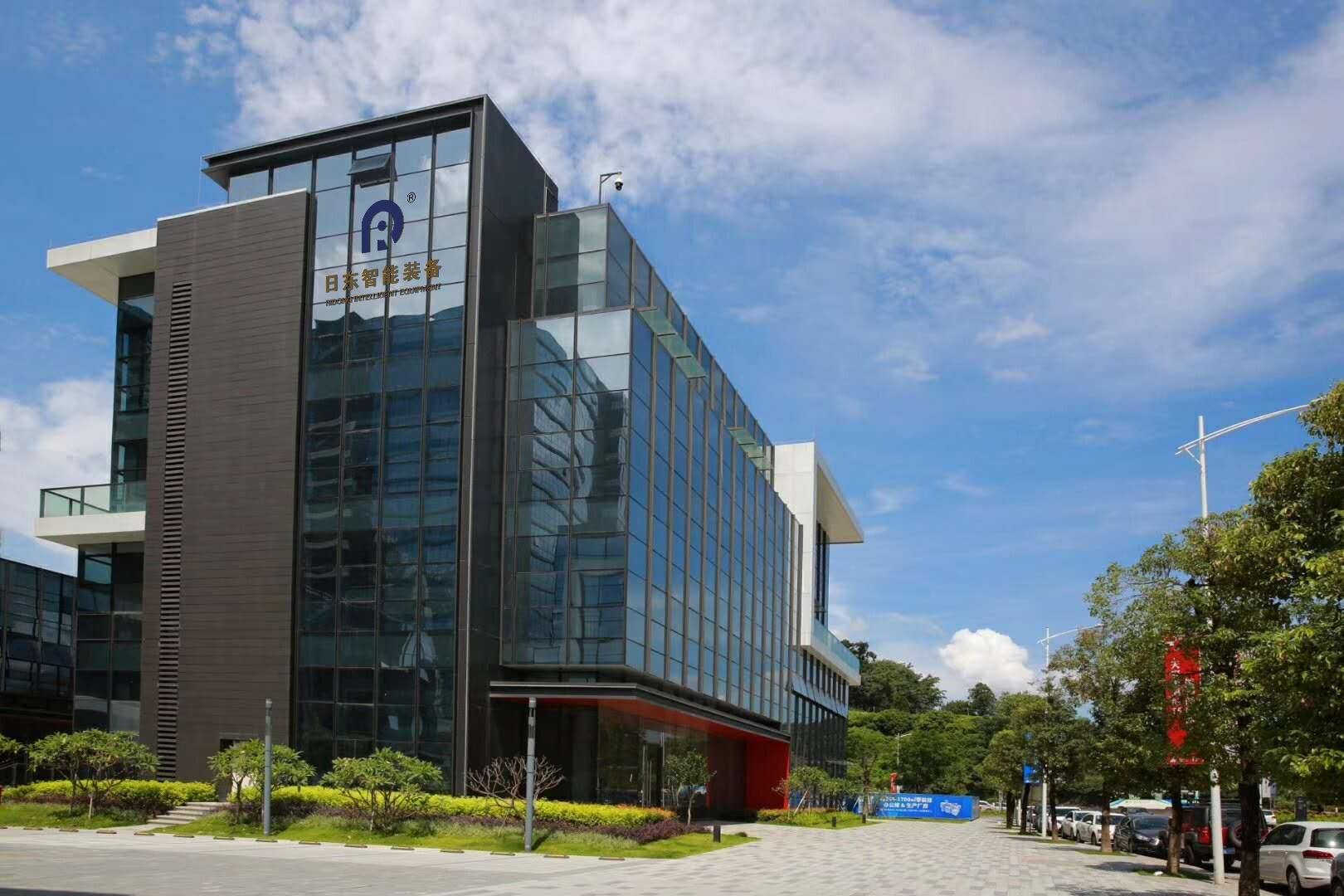Walk into any home, office, or café today, and you’ll probably notice one thing: curtains, roller blinds, outdoor awnings, or insect screens. These aren’t just “decorations” anymore—they’re functional, eco-friendly, and even smart. But behind every well-made blind or curtain is a story of the machines that craft them. As demand for smarter, more sustainable window treatments grows, the machinery powering their production is evolving faster than ever. Let’s dive into where this industry is heading—and why 18-year veteran Ridong Intelligent Equipment is leading the charge.

Think about it: global demand for curtains and roller blinds is projected to hit $60 billion by 2030 (and that’s just residential). Commercial spaces? They’re snapping up outdoor shades to cut energy costs, and homeowners in bug-prone areas can’t get enough of durable screens. But here’s the catch: consumers want more—custom designs, eco-friendly materials, faster delivery—and manufacturers can’t keep up with old, clunky machines.
That’s where modern manufacturing equipment comes in. A decade ago, a roller blind factory might rely on manual cutting tables and basic sewing machines. Today? They’re swapping those out for automated lines that can handle 3x the volume with half the labor. And it’s not just about speed. New machines are solving real pain points:
The future of curtain, roller blind, and shade manufacturing machines isn’t just about “bigger” or “faster”—it’s about smarter and more adaptable. Here’s what’s driving change:
Gone are the days of machines that do one task and quit. Today’s top equipment (like Ridong’s intelligent roller blind machines) comes with touchscreen interfaces, pre-loaded patterns, and even sensors that detect fabric thickness. Imagine this: A worker loads a roll of linen, taps “curtain panel, 120cm x 200cm” on the screen, and the machine auto-adjusts tension, cuts with laser precision, and even alerts the team if the fabric has a flaw.
Why does this matter? For small factories, it means fewer skilled workers are needed. For large operations, it’s about consistency—no more “this batch is 1cm shorter than the last.” Ridong’s 2024 model, for example, includes IoT connectivity, so managers can monitor production stats from their phones.
Consumers aren’t just buying “shades”—they’re buying the story behind them. “Is this curtain made from recycled plastic?” “Does the manufacturing process waste water?” These questions are pushing brands to demand machines that align with green goals.
Ridong’s fabric welding machines, for instance, use ultrasonic technology instead of glue, cutting down on harmful chemicals. Their screen-making lines? They’re calibrated to work with lightweight, recyclable mesh—perfect for brands marketing “sustainable home solutions.” As more countries crack down on carbon footprints, machines that reduce energy use (like Ridong’s energy-efficient motors) will stop being “nice to have” and start being mandatory.
A curtain factory in Germany has different needs than one in Dubai. European clients want fire-retardant fabrics; Middle Eastern markets prioritize heat-resistant outdoor shades. That’s why modern machinery needs to “speak multiple languages” (metaphorically, of course).
Ridong’s 18 years in the game have taught them this: one-size-fits-all machines don’t work. Their curtain sewing machines, for example, come with interchangeable needles and thread tension settings to handle everything from delicate silk to heavy-duty outdoor canvas. It’s a small tweak that saves manufacturers from buying separate machines for different markets—and that’s a big win for their bottom line.
In an industry flooded with “new tech” claims, there’s something to be said for a company that’s been around since 2007. Ridong didn’t just watch the trends—they helped shape them.
As one long-time client put it: “We switched to Ridong 5 years ago. Our reject rate dropped from 8% to 1.5%, and we’re making 40% more blinds per day. That’s the kind of ROI you can’t ignore.”
If we fast-forward to 2030, here’s what we’ll likely see:
Q: We’re a small curtain shop—can we really afford these “smart” machines?
A: Absolutely. Ridong offers entry-level models (like their basic curtain sewing machine) that start at a price point manageable for small businesses. Many clients report recouping costs in 12-18 months through faster production.
Q: Do we need to train our team extensively to use these machines?
A: Not at all. Ridong’s equipment comes with 1-on-1 training (in-person or virtual) and easy-to-follow manuals. Most workers get comfortable within a week—no engineering degree required.
Q: Can your machines handle weird materials, like bamboo or recycled polyester?
A: Yes. Ridong’s roller blind and cutting machines are tested with over 50 fabric types, including bamboo, hemp, and recycled blends. Their tech team even offers custom calibrations for unique materials.
Q: How do we know which machine is right for our needs?
A: Start with a call to Ridong’s team (they’re available 24/5). Explain your current output, materials, and goals—they’ll walk you through options. Many clients also opt for a demo: send a sample of your fabric, and they’ll show you exactly how the machine handles it.
The future of curtain, roller blind, and shade manufacturing isn’t just about machines—it’s about empowering businesses to keep up with what customers want. And with 18 years of turning challenges into solutions, Ridong Intelligent Equipment isn’t just watching the future unfold—they’re building it.
Ready to see how their machines can transform your production line?
Because in a world that wants more, better, faster—your machinery should work as hard as you do.